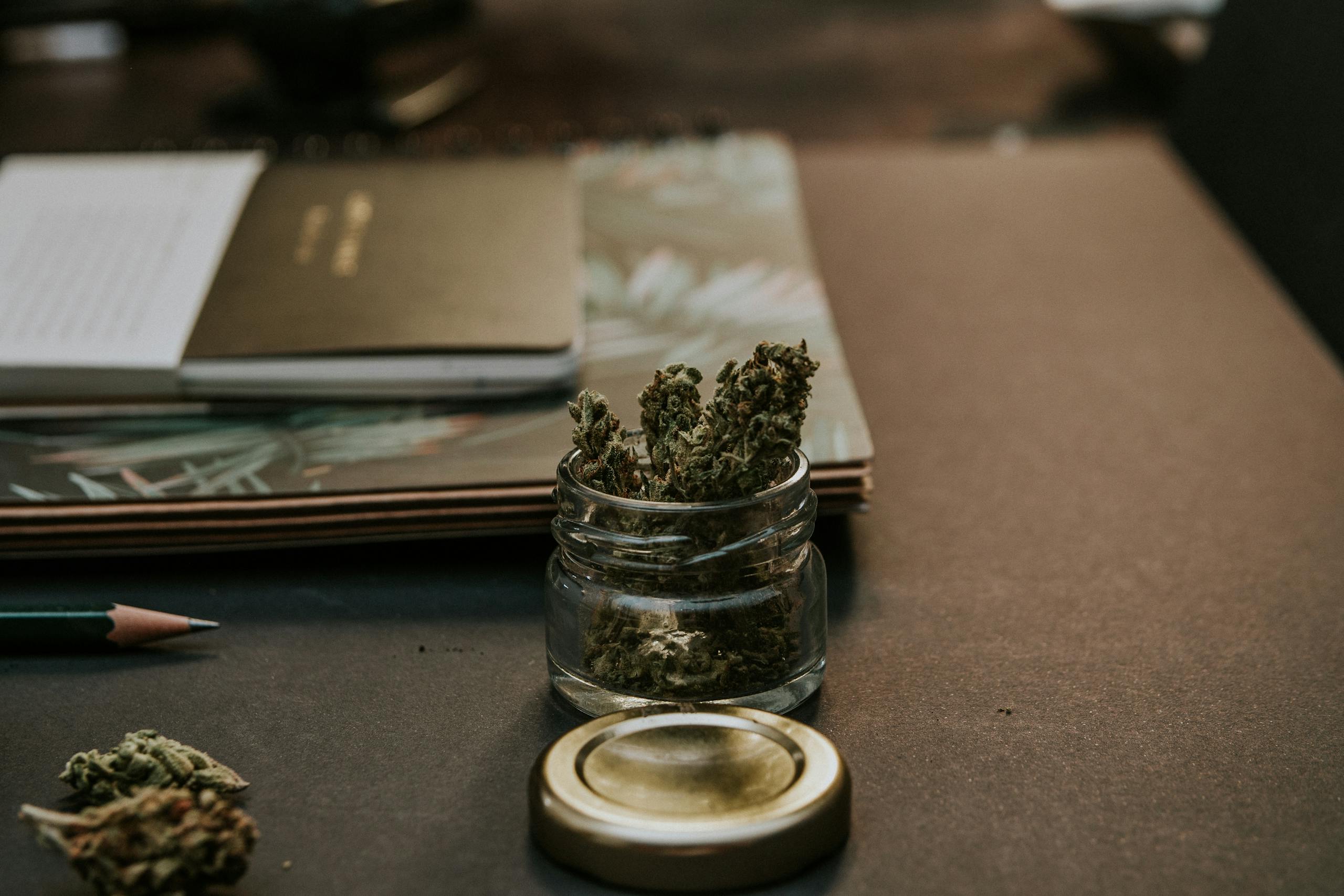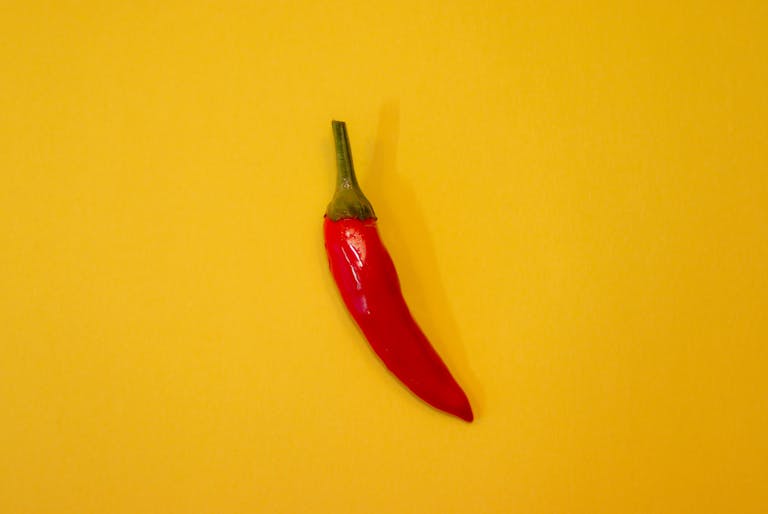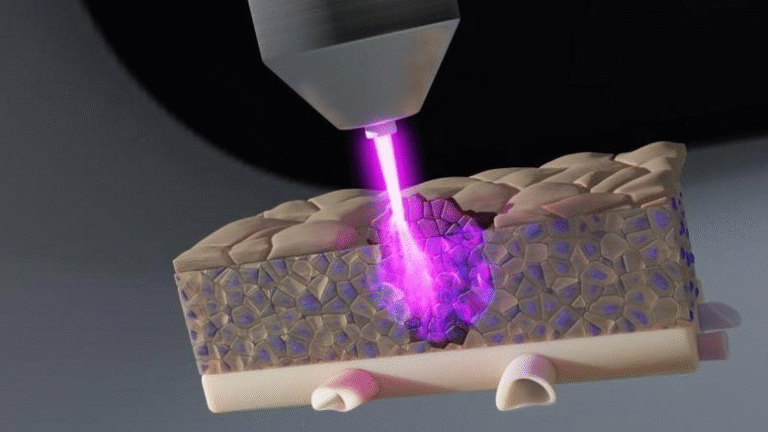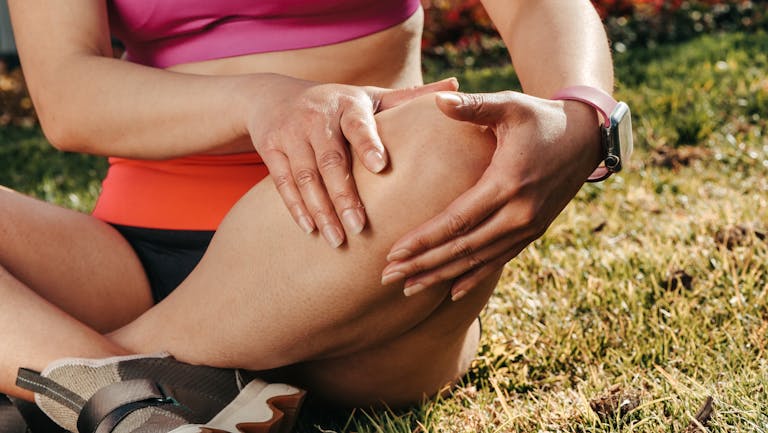Young Adults Are Using Cannabis and Alcohol to Fall Asleep – But Experts Say It’s Making Things Worse

A new study from the University of Michigan, published in JAMA Pediatrics in October 2025, has uncovered a surprising trend among young adults in the United States: many are turning to cannabis and alcohol to help them fall asleep. While this might seem like an easy fix for restless nights, researchers warn that the habit may be quietly doing more harm than good.
According to the findings, about one in five young adults (22%) between the ages of 19 and 30 admitted to using either cannabis, alcohol, or both as sleep aids in the past year. That’s a striking figure when you consider that sleep issues are already widespread in this age group. And although these substances might help some people drift off faster, they appear to interfere with sleep quality, long-term restfulness, and even overall mental health.
Let’s break down what the researchers found — and what this means for anyone who’s ever tried to use a joint or a drink as a bedtime remedy.
What the Study Looked At
The research was part of the Monitoring the Future (MTF) Panel Study, an ongoing national project that tracks substance use trends in the United States. This particular analysis focused on 1,473 young adults, examining how many used cannabis or alcohol specifically to initiate sleep.
The numbers tell an interesting story:
- 22.4% of respondents said they used cannabis and/or alcohol as sleep aids in the past year.
- 18.3% said they relied on cannabis for that purpose.
- 7.2% said they used alcohol to fall asleep.
- Among those who had used cannabis in the past year, 41.4% said they did so specifically to help them sleep.
- For alcohol users, only 8.6% reported using it for sleep.
That means cannabis, by a wide margin, has become the more popular “sleep helper” among young adults — even more than alcohol, which historically was the go-to substance for relaxation.
The study was conducted by researchers Megan E. Patrick, Yuk C. Pang, and Yvonne M. Terry-McElrath, and funded by the National Institute on Drug Abuse. The researchers weren’t just interested in how many people use these substances for sleep — they wanted to understand who is doing it and what risks it might pose.
Who’s Most Likely to Use Substances for Sleep?
The findings revealed some striking gender and racial differences.
- Women were nearly twice as likely as men to use cannabis as a sleep aid.
- Participants identifying as another gender (non-binary or gender-diverse) were more than four times as likely as men to use cannabis for sleep.
- When it came to alcohol, Black young adults were about three times more likely than White peers to report using alcohol to help them fall asleep.
These patterns suggest that different groups may be turning to substances for sleep due to unique cultural, psychological, or environmental factors. It might also reflect differences in how people perceive or access other forms of sleep treatment — such as therapy, medication, or behavioral interventions.
Why It Might Seem to Work — and Why It Actually Doesn’t
At first glance, using cannabis or alcohol to relax before bed makes sense. Alcohol is a depressant, and cannabis — depending on the strain and dose — can produce feelings of calmness or drowsiness. Many young adults assume that a little bit of either substance can help them “shut off” their brains after a long, stressful day.
But according to the Michigan researchers, that’s a short-term illusion. These substances can help someone fall asleep faster, but they often interfere with staying asleep and achieving deep, restorative sleep. Over time, this can lead to the exact problems people are trying to solve: insomnia, grogginess, anxiety, and poor concentration.
Frequent use also leads to tolerance, meaning that the same amount of cannabis or alcohol will become less effective over time. Users might find themselves increasing the dose just to get the same sleepy effect — which can create a dangerous feedback loop. Eventually, the body may become dependent on the substance to initiate sleep, and stopping suddenly can cause withdrawal insomnia or rebound wakefulness.
So, what starts as a quick fix can turn into a cycle that worsens both sleep quality and mental health in the long run.
How Substance Use Affects Sleep Physiology
To understand why this happens, it helps to look at how alcohol and cannabis interact with the body’s sleep systems.
Alcohol reduces the time it takes to fall asleep but interferes with REM sleep, the stage associated with dreaming and emotional regulation. The body may compensate later in the night with a “REM rebound,” which can cause vivid dreams, restlessness, and frequent awakenings. This is why many people who drink before bed wake up feeling unrefreshed or groggy, even after a full night in bed.
Cannabis, on the other hand, has more complex effects. Certain compounds like THC can induce sleepiness, but over time, THC suppresses REM sleep too. Regular cannabis users often experience shorter REM periods and reduced slow-wave (deep) sleep. When they stop using it, REM sleep tends to rebound — often bringing intense dreams and fragmented sleep.
Additionally, both substances affect melatonin production and disrupt the body’s circadian rhythm, which controls the natural sleep-wake cycle. This can make it harder for the brain to recognize when it’s time to sleep without chemical assistance.
A Broader Look at Sleep Problems in Young Adults
Sleep issues among young adults are already a major concern. College life, early career stress, long screen time hours, and inconsistent schedules all play a role in disturbing natural sleep patterns. Surveys show that roughly 35–40% of young adults experience regular sleep difficulties, and the average sleep duration in this age group often falls below the recommended seven to nine hours per night.
Chronic lack of sleep has far-reaching effects. It weakens immune function, impairs memory and focus, increases irritability, and raises the risk for depression and anxiety. Long-term, it can even affect metabolism and cardiovascular health.
When faced with these problems, many young adults don’t have easy access to proper treatment or guidance. Cognitive behavioral therapy for insomnia (CBT-I) — one of the most effective non-drug treatments — is not widely available or covered by insurance for everyone. This gap in care may partly explain why some people resort to self-medication with substances like cannabis or alcohol.
Why This Research Matters
This study is among the first national-level analyses that specifically explores why young adults use substances to manage sleep, not just whether they use them. It gives researchers a clearer picture of a growing trend that could shape future health patterns.
By identifying the demographic groups most affected and highlighting the risks of tolerance and disrupted sleep, the research provides important insights for healthcare providers. Doctors and mental health professionals are encouraged to screen for both sleep problems and substance use together, since they often occur hand-in-hand.
The study also reinforces a key message: substance use doesn’t fix sleep problems — it masks them. Without addressing the underlying causes (stress, poor sleep hygiene, irregular routines, or mental health conditions), people may fall into a loop of dependency that’s difficult to break.
Healthy Alternatives to Using Substances for Sleep
If cannabis or alcohol isn’t the answer, what works better? Experts consistently recommend focusing on behavioral and lifestyle changes first. Here are some practical, research-backed methods:
- Keep a consistent sleep schedule. Going to bed and waking up at the same time every day trains your internal clock.
- Limit screens before bed. Blue light from phones and computers suppresses melatonin, the hormone that makes you sleepy.
- Create a calm pre-sleep routine. Reading, stretching, or listening to relaxing sounds can signal to your brain that it’s time to wind down.
- Watch caffeine and late-night snacks. Both can interfere with falling and staying asleep.
- Try evidence-based sleep programs or apps. CBT-I programs, even digital ones, can be highly effective.
- Address mental health directly. Anxiety and depression are common causes of insomnia; therapy or counseling can help improve sleep naturally.
If these steps aren’t enough, a healthcare provider can help rule out medical issues like sleep apnea, restless leg syndrome, or delayed sleep phase disorder.
The Bigger Picture: Sleep, Substances, and Well-Being
The findings from the University of Michigan team highlight something deeper about how young adults are coping today. In an age where stress, social pressures, and digital overload are constant companions, it’s not surprising that people look for shortcuts to rest. But the body doesn’t respond well to being “hacked” this way.
Sleep isn’t just about closing your eyes — it’s a complex biological process that requires balance across your brain chemistry, hormones, and environment. Substances like cannabis and alcohol can interfere with that delicate system, even when they seem helpful in the moment.
The takeaway is simple: if you’re using substances to fall asleep, you’re far from alone, but it’s important to recognize that these short-term fixes often come with hidden costs. Better understanding of how these patterns develop could help young adults move toward healthier, more sustainable ways to rest — and wake up feeling genuinely refreshed.
Research Reference:
“Cannabis and Alcohol Use to Initiate Sleep Among Young Adults” — JAMA Pediatrics (October 13, 2025)





